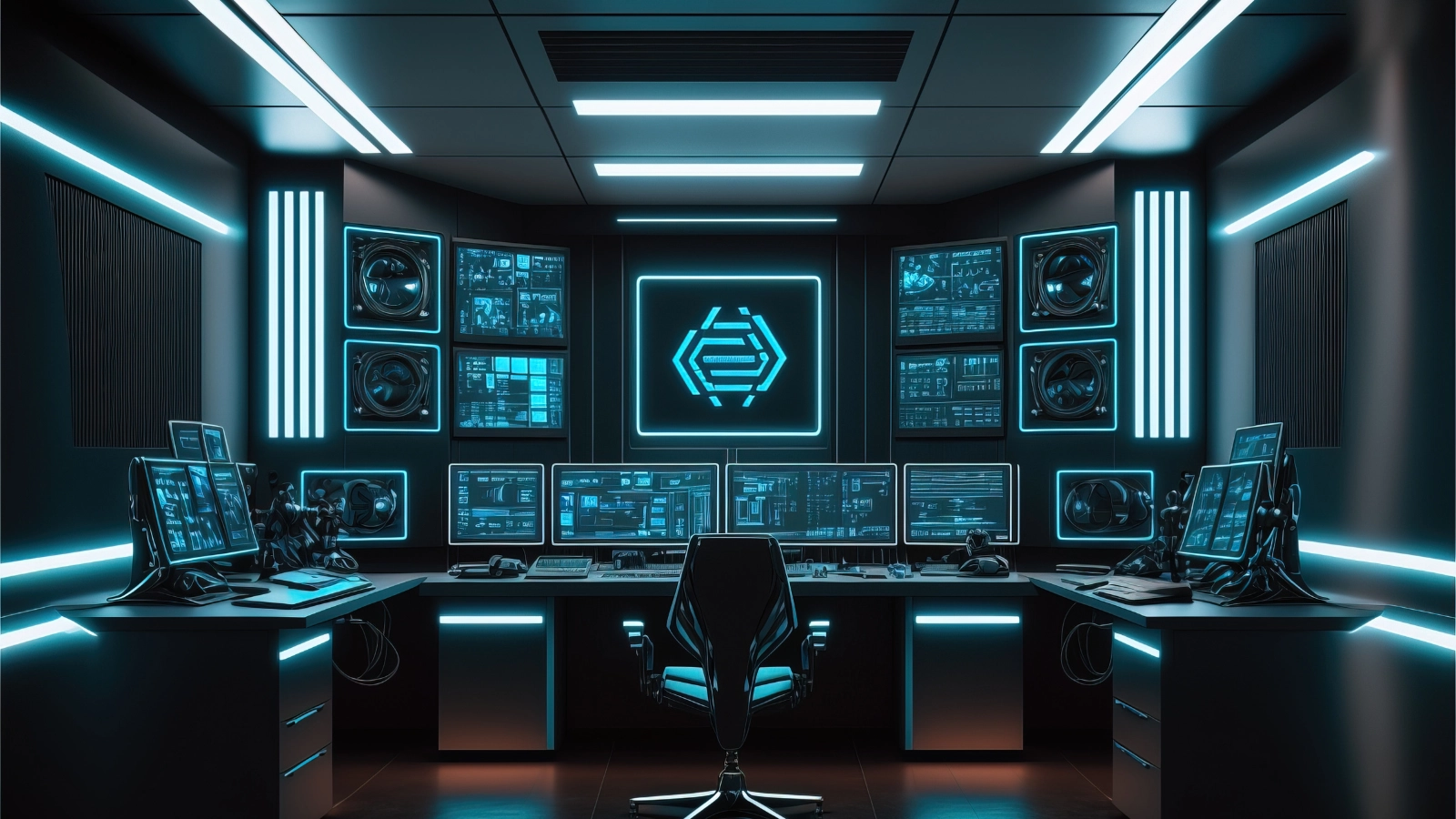[Webinar] Reimagining Ransomware Defense: Revealing and Removing the Hidden Risks of Security Control Failures
Are Your Security Controls Working Right Now? Let’s Prove It.
Read
No security team plans for failure. Yet time and again, when real-world attack simulations are launched, critical gaps in detection and response emerge — even in well-funded, mature environments.
Why? Because traditional security assessments and out-of-the-box tool configurations aren’t enough to protect against adversaries. Organizations need continuous security control validation — real, ongoing testing to ensure their defenses are detecting and stopping threats before damage is done. This concept is reinforced by guidance from the National Institute of Standards and Technology (NIST), which emphasizes the importance of assessing whether controls are implemented correctly, operating as intended, and producing the desired outcome — not just whether they exist.
Even in environments with top-tier security investments — endpoint protection, SIEMs, EDR/XDR platforms — critical controls often fail silently:
These gaps aren’t because teams are negligent. They’re because security control testing isn’t happening regularly enough — and attackers evolve faster than static defenses.
Traditional security controls assessments (often checklist-driven) validate whether a control exists — not whether it works against real threats.
Continuous security testing and validation changes the approach by:
When security leaders embed continuous security control validation into their programs, they move from passive monitoring to proactive resilience.
At OnDefend, we specialize in threat detection and response validation that goes beyond traditional pentests. Pentests are our bread and butter, so we know the gaps our customers have. Our approach leverages real-world attack simulations — including ransomware, lateral movement, and data exfiltration — to ensure your security controls perform when it matters most.
Whether you’re validating EDR/XDR investments, preparing for regulatory audits, or strengthening your incident response posture, our testing provides the evidence you need to:
Every day without continuous validation is a day you’re trusting your defenses blindly. Let’s change that. Talk to our team about security control validation. Contact us here.
Want to learn why continuous security control validation is critical? Read this blog next.